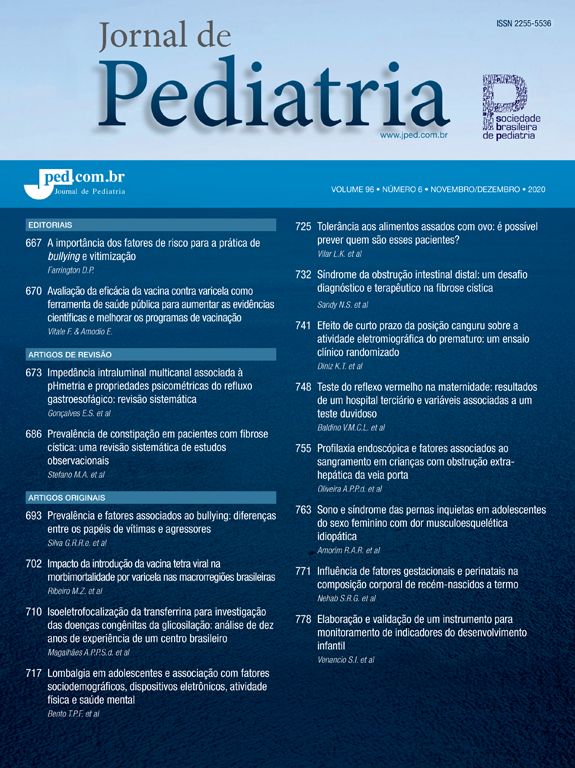The leiomyoma of the esophagus is very rare in children, contrary to what has been observed in adults, with only 26 cases reported up to now. In this paper we present the case of a 9 year-old child in which the tumor was located in the abdominal esophagus, being progressive dysphagia its most important manifestation. Diagnosis was done during the surgical procedure, and the treatment involved sub-total esophagotomy and pyloroplasty, with ulterior esophageal substitution for a colon segment. The only post-surgical complication was dumping which resulted from the pyloroplasty. Its symptoms receded with appropriate diet. The review of the literature shows that leiomyomas in children may be diffuse or located, the former being the more common case (90%). Twelve children presented association with Alport's syndrome (nephropathy with hematuria, deafness and cataract) while others had hiatus hernia, esophageal peptic ulcer and cholelithiasis. In two children the tumor affected the tracheo-bronchial tree, and in four girls there was vulvar or perianal hypertrophy. Finally, there is a rarer kind of tumor in the esophageal muscular layer called benign idiopathic hypertrophy, which has been described for six children. Its basic histological characteristic is non neoplastic hyperplasia of the cells of the internal muscular layer. We conclude that the leiomyomas of the esophagus, although rare, must be considered in the differential diagnosis of the mediastinal mass and the esophageal stenosis in children.
O fator de impacto mede o número médio de citações recebidas em um ano por trabalhos publicados na revista durante os dois anos anteriores.
© Clarivate Analytics, Journal Citation Reports 2025
O CiteScore mede as citações médias recebidas por documento publicado. Mais informação
Ver maisSJR é uma métrica de prestígio baseada na idéia de que todas as citações não são iguais. SJR utiliza um algoritmo similar ao page rank do Google; é uma medida quantitativa e qualitativa ao impacto de uma publicação.
Ver maisSNIP permite comparar o impacto de revistas de diferentes campos temáticos, corrigindo as diferenças na probabilidade de ser citado que existe entre revistas de distintas matérias.
Ver mais







